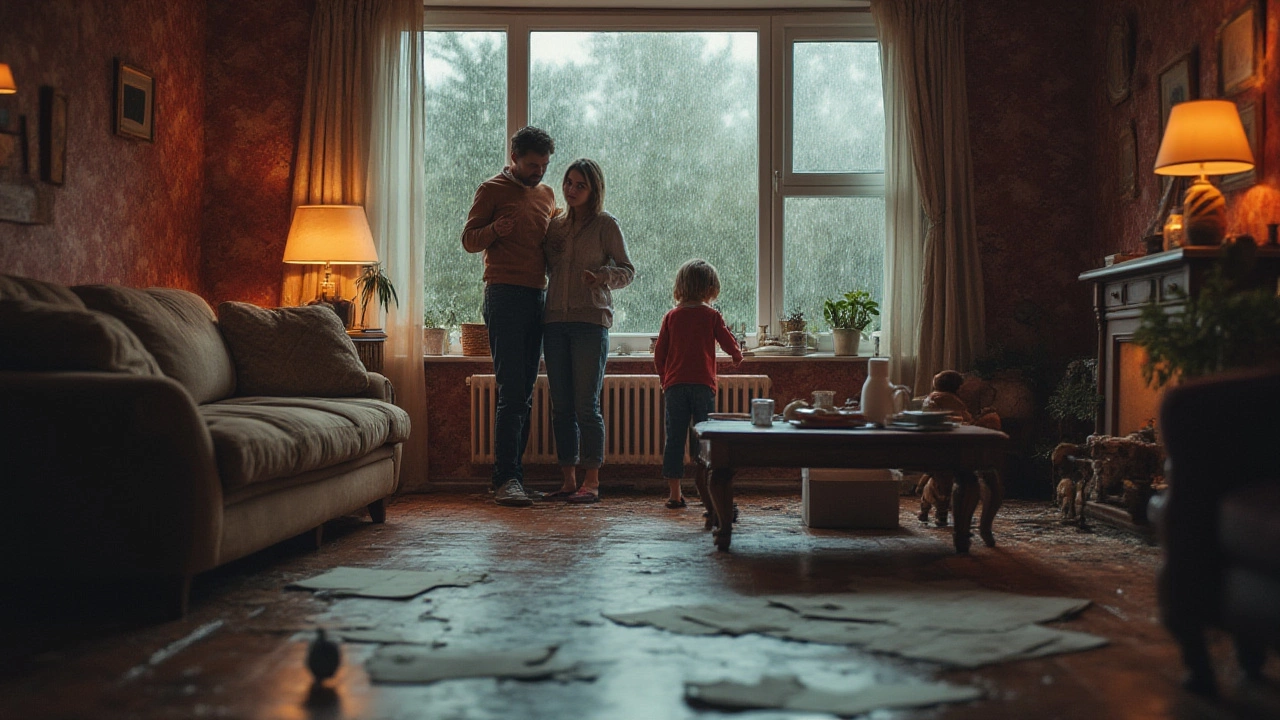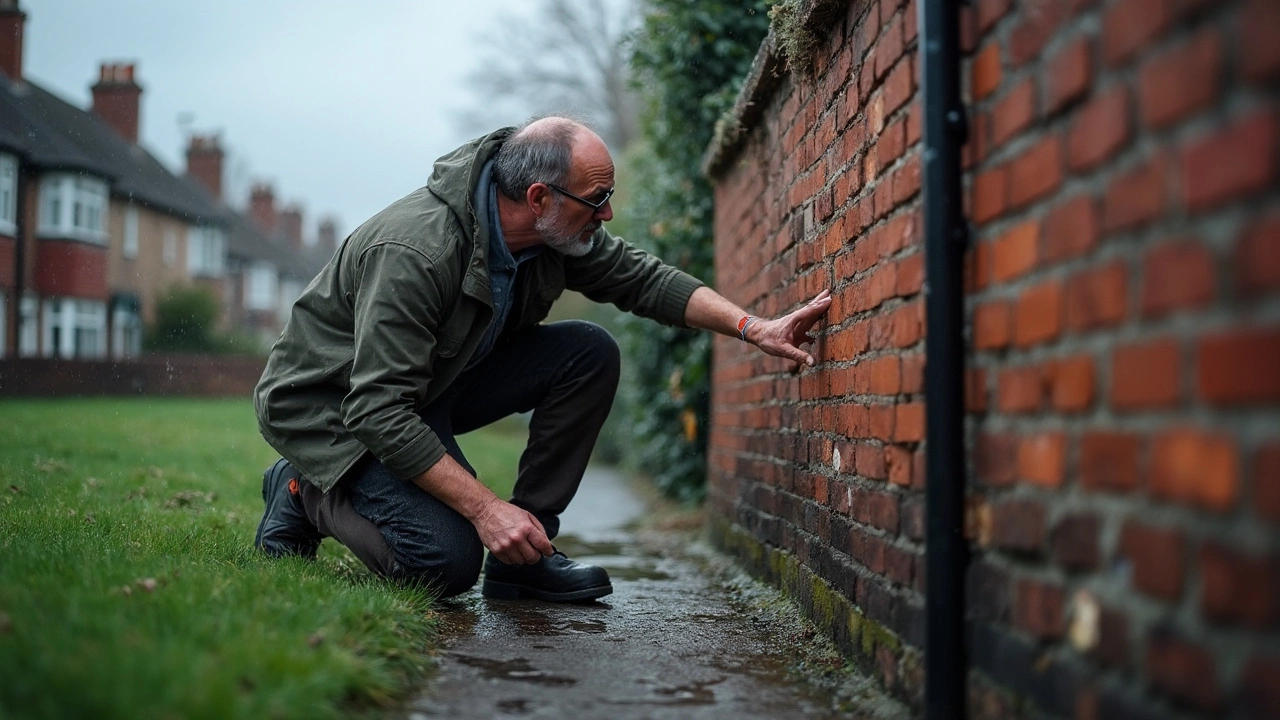Water Damage – What It Is and How to Stop It
If you see stains, warped wood or a musty smell, water damage is probably the culprit. It’s the silent enemy that can ruin walls, floors and even the foundation if you ignore it. The good news? Most problems can be tackled early with the right steps, and future leaks can be prevented with a few easy habits.
Common Causes of Water Damage
Leaks from pipes are the top offender. Over time, old copper or flexible tubing can rust, crack or loosen at joints. When a pipe bursts, water spreads quickly and can soak drywall, insulation and timber. Roof leaks are another frequent source. Missing shingles, cracked flashings or clogged gutters let rain seep in during a storm. Even small roof cracks can drip for months before you notice a stain.
Basements and crawl spaces are prone to groundwater seepage, especially after heavy rain. If the soil around your house isn’t graded away from the foundation, water will pool and push through walls. Appliances such as washing machines, dishwashers or water heaters can also cause localized damage if hoses burst or connections fail.
Lastly, condensation from high humidity or poor ventilation can cause moisture buildup on windows, walls and ceilings. Over time, this leads to mold growth and wood rot, which feels like water damage even though no leak exists.
Quick Fixes and Long‑Term Prevention
When you spot a leak, turn off the water at the main shut‑off valve right away. This stops the flow and limits the amount of water soaking into structures. Then, dry the area using fans, dehumidifiers or open windows. If drywall is swollen or soft, cut out the damaged section and replace it; leaving it in place invites mold.
For roof problems, clear gutters and downspouts regularly. A simple scoop and rinse once a month prevents clogs that force water onto the roof edge. Inspect shingles after each big storm; replace any that are cracked or missing. A quick sealant job on flashing around chimneys and vents can stop future drips.
In the basement, install a sump pump if water collects often. Make sure the pump’s float switch works and the discharge pipe leads far from the house. Adding a waterproof membrane to basement walls is a solid long‑term investment if flooding is a regular issue.
Pipe maintenance is cheap compared to damage repair. Check exposed pipes for signs of corrosion, wet spots or mineral buildup. Tighten loose fittings and replace any hoses that are frayed. If you’re not comfortable DIY, a plumber can do a pressure test to catch hidden weaknesses.
Improving ventilation reduces condensation. Use exhaust fans in kitchens and bathrooms, and keep indoor humidity below 60 %. A simple hygrometer tells you when the air is too damp, prompting you to run a dehumidifier.
Finally, consider a home insurance review. Some policies cover sudden accidental water damage but exclude slow‑leak problems. Knowing what’s covered helps you decide where to invest in professional repairs versus DIY fixes.
Water damage doesn’t have to ruin your home. Spot the source fast, dry the area, and put preventive measures in place. With a little attention, you can keep walls dry, wood strong and your house safe from costly repairs.

Homeowners Insurance and Broken Pipes Under Foundation: What You Need to Know
Jul 28, 2025, Posted by Damon Blackwood
Uncertainty hitting you after finding water under your house? Here’s how homeowners insurance might help with broken pipes under the foundation and why it often doesn’t.
MORE
Water Damage to Foundation: What It Looks Like and How to Spot It
May 29, 2025, Posted by Damon Blackwood
Worried about water messing with your home's foundation? This article breaks down what water damage to a foundation actually looks like. You'll learn about the most obvious signs, the sneaky warning clues, and some useful ways to check things out yourself before calling in the pros. Plus, there are tips on how to prevent problems and what to do if you spot damage. Get the info you need to keep your home's base solid and dry.
MORESEARCH HERE
Categories
TAGS
- foundation repair
- commercial construction
- construction
- new builds
- home improvement
- home renovation
- bathroom renovation
- residential construction
- construction materials
- home foundation
- renovation tips
- building types
- contractor
- foundation cracks
- home construction
- architectural services
- building codes
- construction differences
- home inspection
- kitchen installation